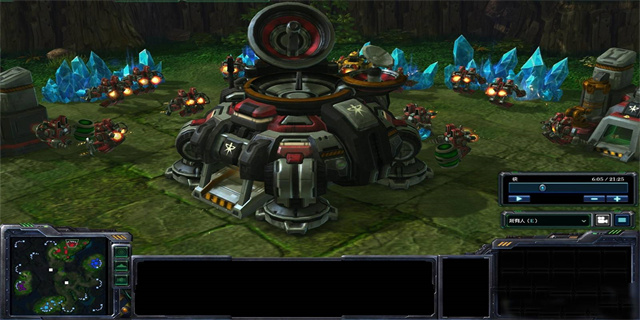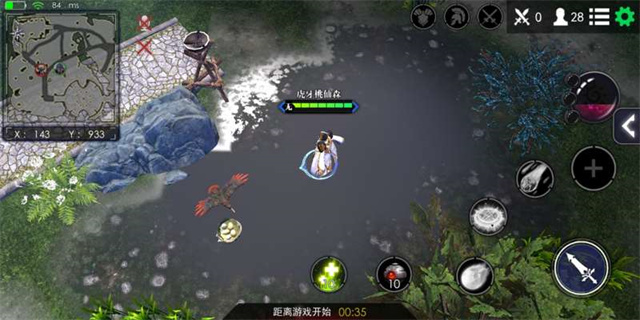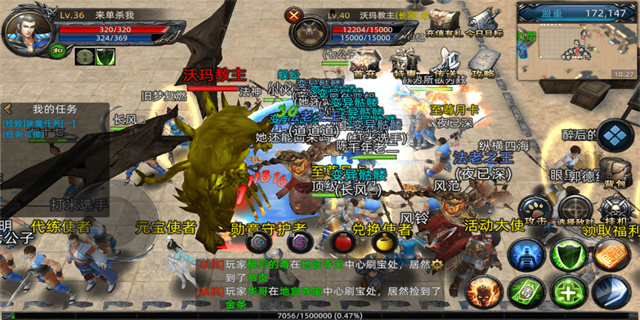Table of Contents (TOC): A Guide to Navigating Content
Introduction
With the increasing quantity of information available on the internet, it has become essential for websites and documents to provide effective navigation tools for users to find the desired content quickly. One such tool is the Table of Contents (TOC). In this article, we will explore what a TOC is, its significance, and how it improves the user experience.
What is a Table of Contents?

A Table of Contents (TOC) is a navigational tool that lists the headings or chapters in a document or website, providing an organized, structured overview of its content. It typically appears at the beginning of a document or webpage and allows users to jump directly to specific sections by clicking on the corresponding heading in the TOC.
The Importance of a Table of Contents

1. Enhanced User Experience:

A TOC significantly improves the user experience by making navigation easier and more efficient. Users can quickly scan the TOC to get an overview of the content and easily locate the sections they are interested in. It saves them time and effort, especially when dealing with lengthy documents.
2. Structured Organization:
A TOC helps in organizing the content in a logical and structured manner. By categorizing and listing the different sections or chapters, it provides a clear outline of the document's structure. This feature enables users to understand the overall flow of the content and easily navigate between sections.
3. Quick Access to Information:
For longer documents or websites with multiple sections, finding specific information can be challenging without a TOC. TOC offers quick access to desired content by allowing users to directly jump to the relevant section instead of scrolling through the entire document. This feature is particularly useful when users want to refer back to a specific section later.
Creating an Effective Table of Contents
1. Clear and Descriptive Headings:
The headings listed in the TOC should accurately reflect the content within each section. Clear and descriptive headings help users identify the relevance of each section and decide which section to explore or skip.
2. Consistency:
Maintaining a consistent structure and format throughout the TOC is crucial. Use the same font, font size, and styling for all headings to provide a unified and visually pleasing experience for users.
3. Linking:
Each heading in the TOC should be clickable and linked to the corresponding section in the document or webpage. This allows users to directly navigate to the desired location instead of manually scrolling through the entire content.
Conclusion
A Table of Contents (TOC) is an essential navigational tool that significantly enhances the user experience by providing an organized overview of the content and enabling quick access to specific sections. By implementing a well-designed TOC, websites and documents can improve user engagement, reduce bounce rates, and increase overall usability.
Next time you come across a lengthy document or website, take a moment to appreciate the convenience and efficiency brought by the Table of Contents!



















